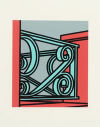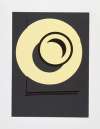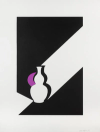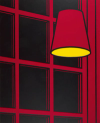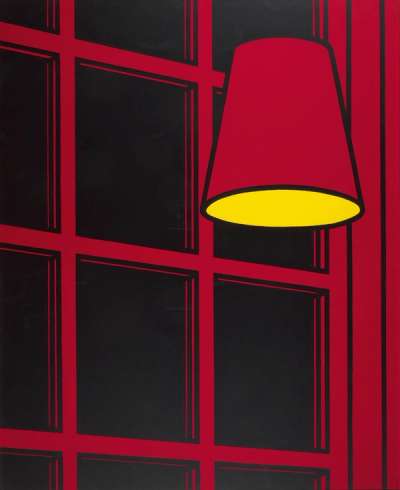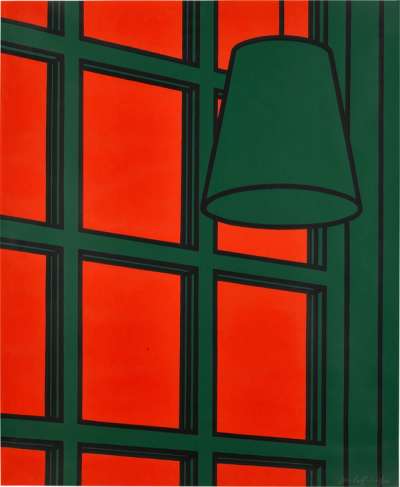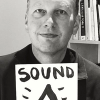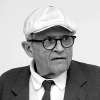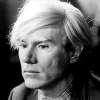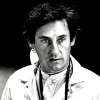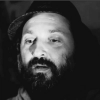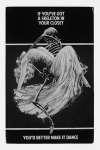Patrick
Caulfield
Patrick Caulfield, a British painter affiliated with the Pop Art movement, depicted everyday objects and interiors using a graphic, simplified style in both his paintings and prints. If you’re looking for original Patrick Caulfield prints and editions for sale or would like to sell, request a complimentary valuation and browse our network’s most in-demand works.
Patrick Caulfield art for sale
Discover Patrick Caulfield prints for sale, exclusively available through our private network of collectors. Explore signed and unsigned screenprints, lithographs, digital prints, and rare editioned proof prints by era-defining blue chip artists.
Sell Your Art
with Us
with Us
Join Our Network of Collectors. Buy, Sell and Track Demand
Biography
Patrick Caulfield, born on January 29, 1936, in Acton, West London, was a distinguished British artist known for his strikingly bold and vibrantly coloured paintings. He was renowned for his unique style, which incorporated elements of Pop Art and Abstract Expressionism, as well as his mastery of clean lines, bold shapes, and flattened perspectives.
Patrick Caulfield's Education and the Influence of Pop Art and Minimalism
Caulfield's interest in art began during his early years when he was a student at Acton Secondary Modern School. After completing his national service in the Royal Air Force, Caulfield enrolled at the Chelsea School of Art in 1956. It was here that he first experimented with various artistic styles and techniques, developing his signature approach to painting.
In 1960, Caulfield continued his studies at the Royal College of Art, where he was a contemporary of notable British artists such as David Hockney, Allen Jones, and R.B. Kitaj. During this period, Caulfield became increasingly influenced by the emerging pop art movement, as well as the work of minimalist artists such as Jasper Johns and Robert Rauschenberg.
